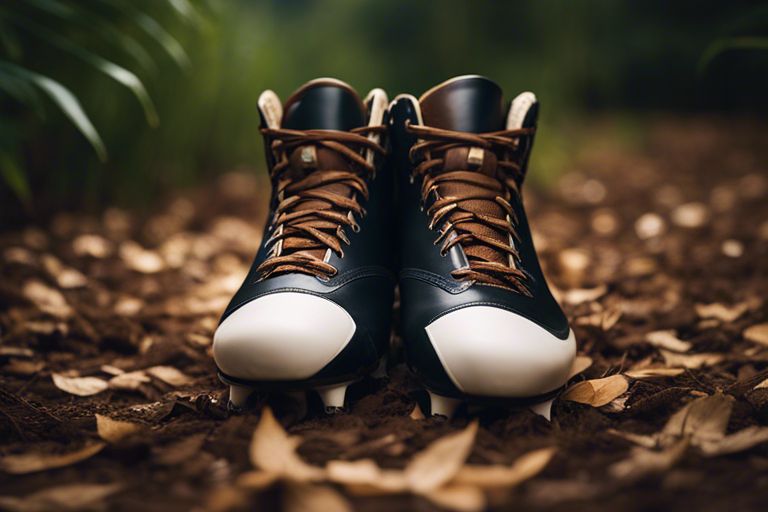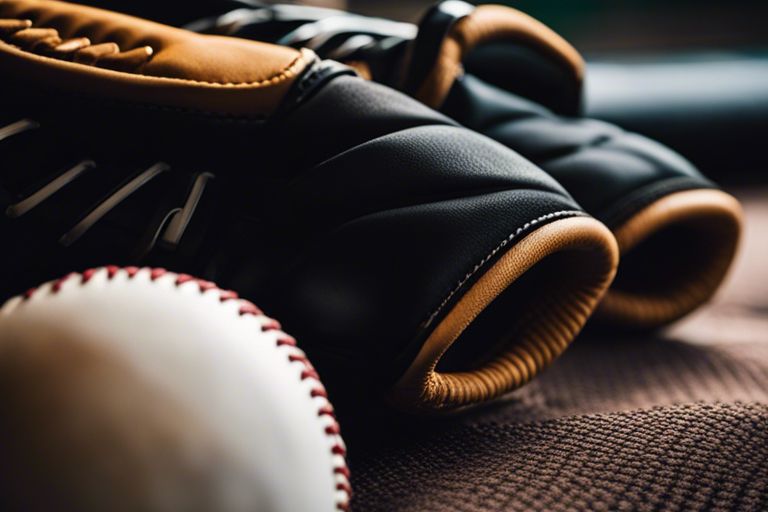With the increasing focus on sustainability and environmental responsibility, many industries are making conscious efforts to incorporate eco-friendly materials into their products. This includes the sports industry, where the production of baseball cleats is no exception. In this blog post, we will explore the trend of utilizing sustainable materials in the manufacturing of baseball cleats and the impact it has on both the environment and the athletes who wear them.

Key Takeaways:
- Limited use of eco-friendly materials: Eco-friendly materials are not extensively being utilized in the production of baseball cleats.
- Potential for increased adoption: There is an opportunity for manufacturers to explore and incorporate more sustainable materials in the manufacturing process of baseball cleats.
- Environmental impact: By switching to eco-friendly materials, the baseball industry can significantly reduce its environmental footprint and promote sustainability.
Overview of Eco-Friendly Materials in Sports Apparel
Common Eco-Friendly Materials
A variety of eco-friendly materials are being used in sports apparel, including recycled polyester, organic cotton, bamboo fabric, and hemp. These materials are sustainable alternatives to traditional fabrics, reducing the environmental impact of production and promoting ethical practices in the industry.
Benefits of Using Sustainable Materials
Choosing sustainable materials for sports apparel offers several benefits. Not only do these materials reduce the carbon footprint of the manufacturing process, but they also promote better working conditions for laborers along the supply chain. Additionally, sustainable materials often boast superior durability and performance, making them a wise choice for athletes and environmentally-conscious consumers alike.
Sustainable materials in sports apparel contribute to the conservation of natural resources and help mitigate pollution levels. By opting for eco-friendly materials, consumers support a shift towards more responsible and ethical production practices in the sports apparel industry, creating a positive impact on both the environment and society.

Current Practices in Baseball Cleat Production
You can learn more about choosing environmentally friendly baseball gear by visiting Choosing Environmentally Friendly Baseball Gear.
Traditional Materials Used
Baseball cleats have traditionally been made using materials such as leather, synthetic rubber, and plastic. While these materials provide durability and performance on the field, they can have negative impacts on the environment due to their production processes and disposal.
Adoption of Eco-Friendly Alternatives
For baseball cleat manufacturers looking to reduce their environmental footprint, there is a growing trend towards adopting eco-friendly alternatives. These alternatives include using recycled materials, organic fabrics, and sustainable manufacturing practices to create cleats that are both high-performance and environmentally responsible.
Practices such as using recycled plastics for cleat uppers, organic cotton for linings, and natural rubber for outsoles can help reduce the environmental impact of baseball cleat production. Additionally, incorporating sustainable design principles and manufacturing processes can further minimize the carbon footprint of these imperative sports products.

Challenges in Implementing Sustainable Materials
Cost Implications
Challenges arise when implementing sustainable materials in the production of baseball cleats due to the cost implications. Eco-friendly materials often come with a higher price tag compared to traditional materials, making it difficult for manufacturers to justify the switch without potentially passing on the cost to consumers.
Durability and Performance Concerns
Sustainable materials may raise concerns regarding durability and performance in baseball cleats. Manufacturers need to ensure that the eco-friendly materials chosen can withstand the rigorous demands of the game while still providing the necessary support, traction, and comfort that athletes require.
To address the durability and performance concerns, research and development are important. Testing new sustainable materials thoroughly and making necessary adjustments to enhance their strength and functionality will be crucial in overcoming these challenges in the production of baseball cleats.
Conclusion
From above research, it is evident that eco-friendly materials are increasingly being utilized in the production of baseball cleats. Manufacturers are recognizing the importance of sustainability and are incorporating recycled and sustainable materials into their products. This trend is a positive step towards reducing the environmental impact of athletic footwear production.
FAQ
Q: Are eco-friendly materials being utilized in the production of baseball cleats?
A: Yes, many sports brands are now incorporating eco-friendly materials in the production of baseball cleats. These materials are sustainable and help reduce the environmental impact of manufacturing processes.
Q: What are some examples of eco-friendly materials used in baseball cleats?
A: Some examples of eco-friendly materials used in the production of baseball cleats include recycled polyester, organic cotton, natural rubber, and water-based adhesives. These materials are biodegradable or have a lower carbon footprint compared to traditional materials.
Q: How does using eco-friendly materials in baseball cleats benefit the environment?
A: Using eco-friendly materials in baseball cleats helps reduce resource depletion, minimize pollution, and lower greenhouse gas emissions. By choosing sustainable materials, manufacturers can contribute to a healthier planet and a more sustainable future for the sports industry.




